
Twine Troubleshooting
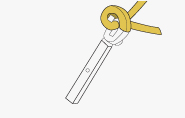
Problem: The knot did not strip off the billhook.
Excessive billhook tension can cause this; decrease tension. Or the billhook may need replacing if it’s rough, worn or bent. Is the knife arm not rubbing the billhook? Adjust or replace it. If the knife arm does not travel far enough, check lobe in cam gear and knife arm roller.
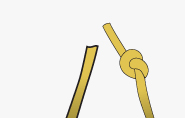
Problem: There’s a simple knot in twine over the bale but no knot in needle twine.
It could be caused by improper twine finger action; adjust to baler manual specifications. Or the needle did not place twine in twine disc, so adjust the needle to specifications and check tensioner at twine box. See if hay dogs are malfunctioning.
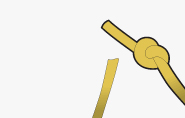
Problem: There’s a simple knot in the needle twine.
The twine pulled out of the twine disc. Tighten twine holder and decrease twine box tension.
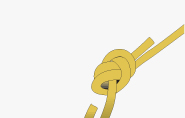
Problem: The twine breaks at the knot.
Sharp edges may be in the knife arm; smooth the knife arm or replace it. Or you may have too much bale tension; decreasing tension should fix it.
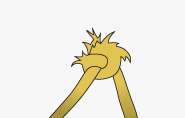
Problem: Twine in the knot is ragged.
The twine holder is too tight, which doesn’t allow the billhook to borrow twine when it rotates. To repair, loosen the twine holder.
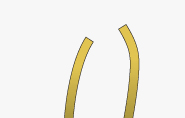
Problem: There’s no knot in either twine.
Look for a lost or sheared pin in billhook pinion gear. Inspect the trigger roller and trigger pin. Check that trigger is not bent.
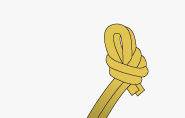
Problem: I’m getting a double bow knot.
This means the billhook tension is too light or that the billhook pinion gear has too much wear. Try tightening billhook tension or replacing billhook pinion gear.
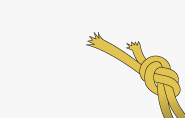
Problem: The twine ends are frayed or uneven.
Your knife is dull. Sharpen or replace it.

Problem: I’m running into other issues.
Is the hay being baled when it’s too green or wet?

How to pinpoint the problem.
When you find yourself at the end of your rope, trip the knotter mechanism and run the tying cycle through slowly. Most of the time the problem can be pinpointed when the tying cycle can be viewed in its entirety.